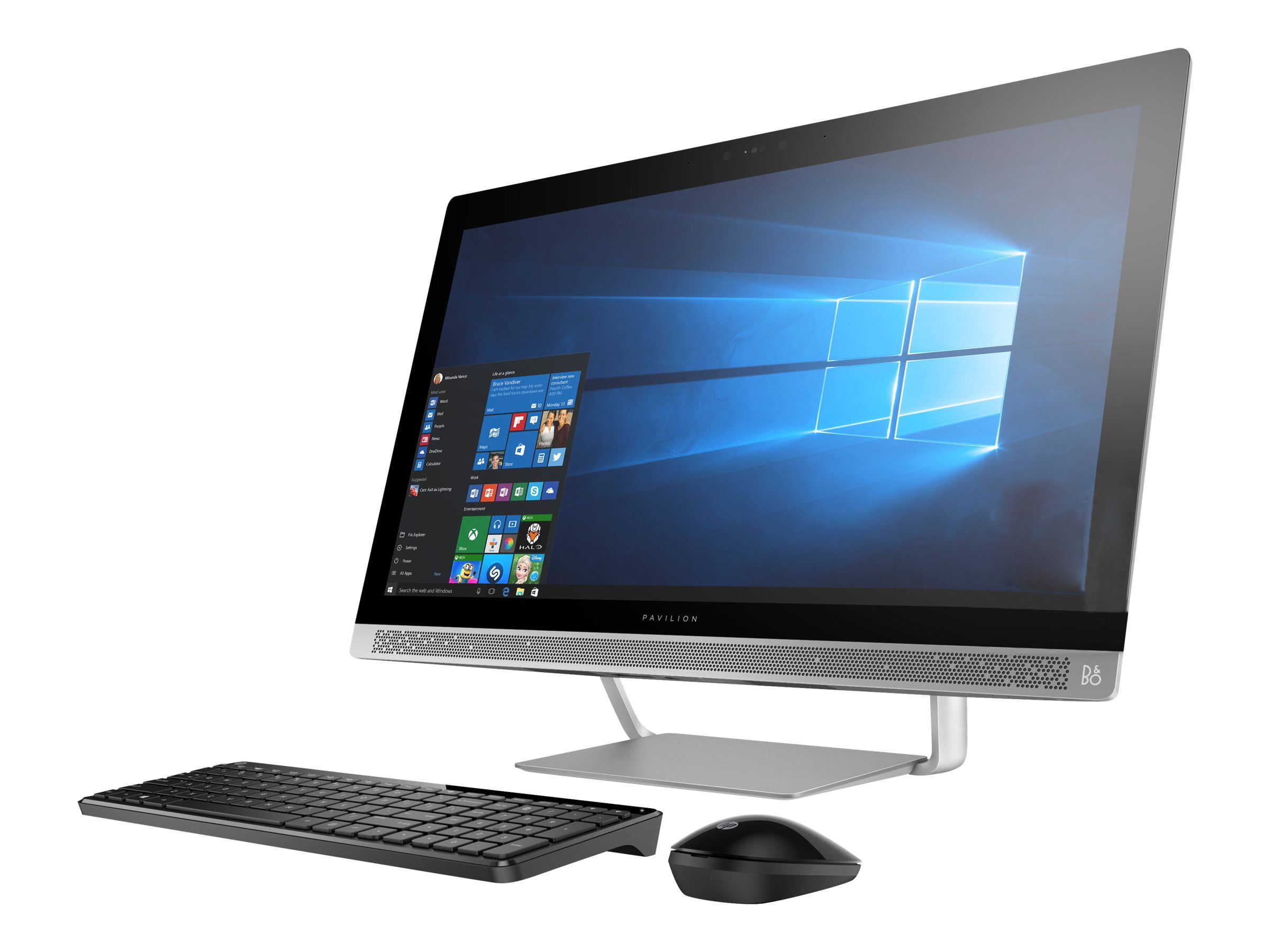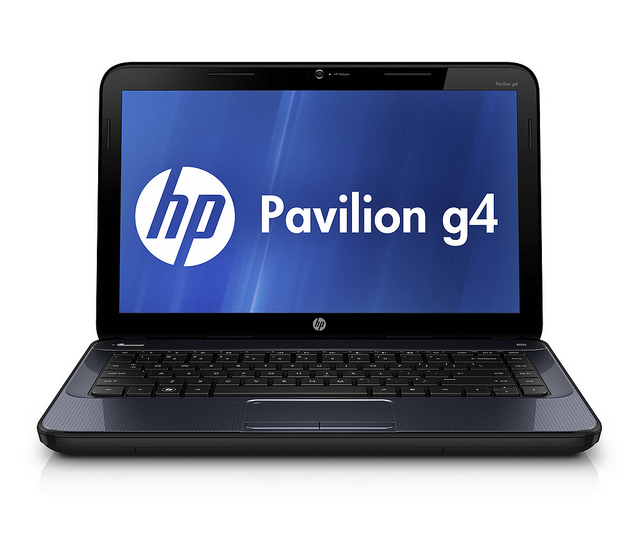
This part has four cores and its peak speed sits at a relatively modest 4.3GHz. The most affordable Pavilion uses an Intel Core i3-10100. While the proper Nvidia graphics card offers more power, it’s still only capable of playing casual games and current games at low quality levels. In some territories, this Pavilion comes with Nvidia GeForce GT 1030 graphics, while in others it uses the processor’s UHD Graphics 630 core. The SSD keeps Windows feeling snappy, but it’s not very big, so you’ll only be able to use it to store a handful of critical applications. The 8GB of memory is ample for these tasks, too, although the use of just one memory stick does hinder performance a little.

Not bad, but this might be seen as a lower spec machine across other manufacturer's ranges. The middle machine uses a Core i5-10400F processor with six cores and a peak speed of 4.3GHz, and it’s paired with 8GB of memory, a 128GB SSD and a 1TB hard disk. The dual-channel memory improves performance, and the SSD keeps the PC responsive. It’ll take on photo-editing and other content-creation tasks, and it won’t have any problem with office applications, web browsers (opens in new tab), and email clients. That’s an ideal specification for strenuous workloads. A 256GB SSD, 16GB of memory, and a 2TB hard disk complete the specification. The most expensive Pavilion uses Intel’s Core i7-10700, which is a powerful processor with eight cores and a peak speed of 4.8GHz. It all provides a well-rounded image of the HP Pavilion range, so you can see if these PCs are worth your time and money. We’ve not just looked at the hardware, though: we’ve also examined the design and customer service, and we’ve delved into customer reviews.

We’ve pored over the specifications of the entire range to find out which machines are the best options for everyday computing, more challenging work scenarios, and gaming.


 0 kommentar(er)
0 kommentar(er)
